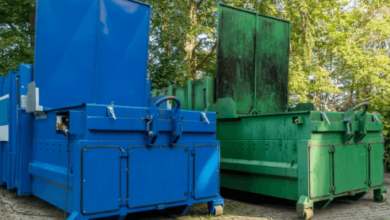How to Install Fire Retardant Plywood for Maximum Safety

When it comes to construction and interior design, fire safety is a critical concern. One effective way to enhance fire protection is by using fire retardant plywood. However, proper installation is key to ensuring maximum safety. In this blog post, we’ll guide you through the process of installing fire retardant plywood correctly, highlighting important considerations and best practices.
Understanding Fire Retardant Plywood
Fire retardant plywood is a specialized type of plywood that has been treated with chemicals to resist ignition and slow the spread of flames. This treatment can be applied during the manufacturing process or afterwards, ensuring that the plywood meets specific fire safety standards.
Preparing the Surface
Before installing fire retardant plywood, it’s essential to prepare the surface properly. Start by ensuring that the subfloor or wall is clean, dry, and free from any debris or irregularities. If necessary, level the surface to create a smooth and even base for the plywood.
Choosing the Right Thickness
When selecting fire retardant plywood, consider the thickness based on the intended application. Thicker panels are generally used for structural applications, such as walls and ceilings, while thinner panels may be suitable for interior finishes. Consult with local authorities and industry experts to determine the specific thickness requirements for your project.
Cutting and Fitting
Use a circular saw or table saw to cut the fire retardant plywood to the desired size. Ensure that the panels fit snugly against each other and the surrounding surfaces. If necessary, use a jigsaw or hand saw to make precise cuts around obstacles or irregular shapes.
Fastening the Plywood
Secure the fire retardant plywood to the subfloor or wall using appropriate fasteners. For floors, use galvanized staples, nails, or screws, maintaining a consistent spacing of approximately 2 inches along the edges and 4 inches in the field. For walls and ceilings, use screws or nails that are long enough to penetrate the framing members.
Sealing the Joints
To prevent the spread of fire through gaps and cracks, seal the joints between the fire retardant plywood panels using a fire-resistant sealant or caulk. This step helps to create a continuous barrier against flames and smoke.
Finishing Touches
Once the fire retardant plywood is installed and the joints are sealed, you can proceed with the final flooring, wall, or ceiling finish. Be sure to follow the manufacturer’s instructions for any additional preparation or installation requirements specific to your chosen finish material.
Conclusion
Installing fire retardant plywood correctly is crucial for maximizing fire safety in your construction or interior design project. By following these guidelines and best practices, you can ensure that your fire retardant plywood installation provides effective protection against the spread of flames and smoke. Remember to always consult with local authorities and industry experts to ensure compliance with fire safety regulations and standards.







